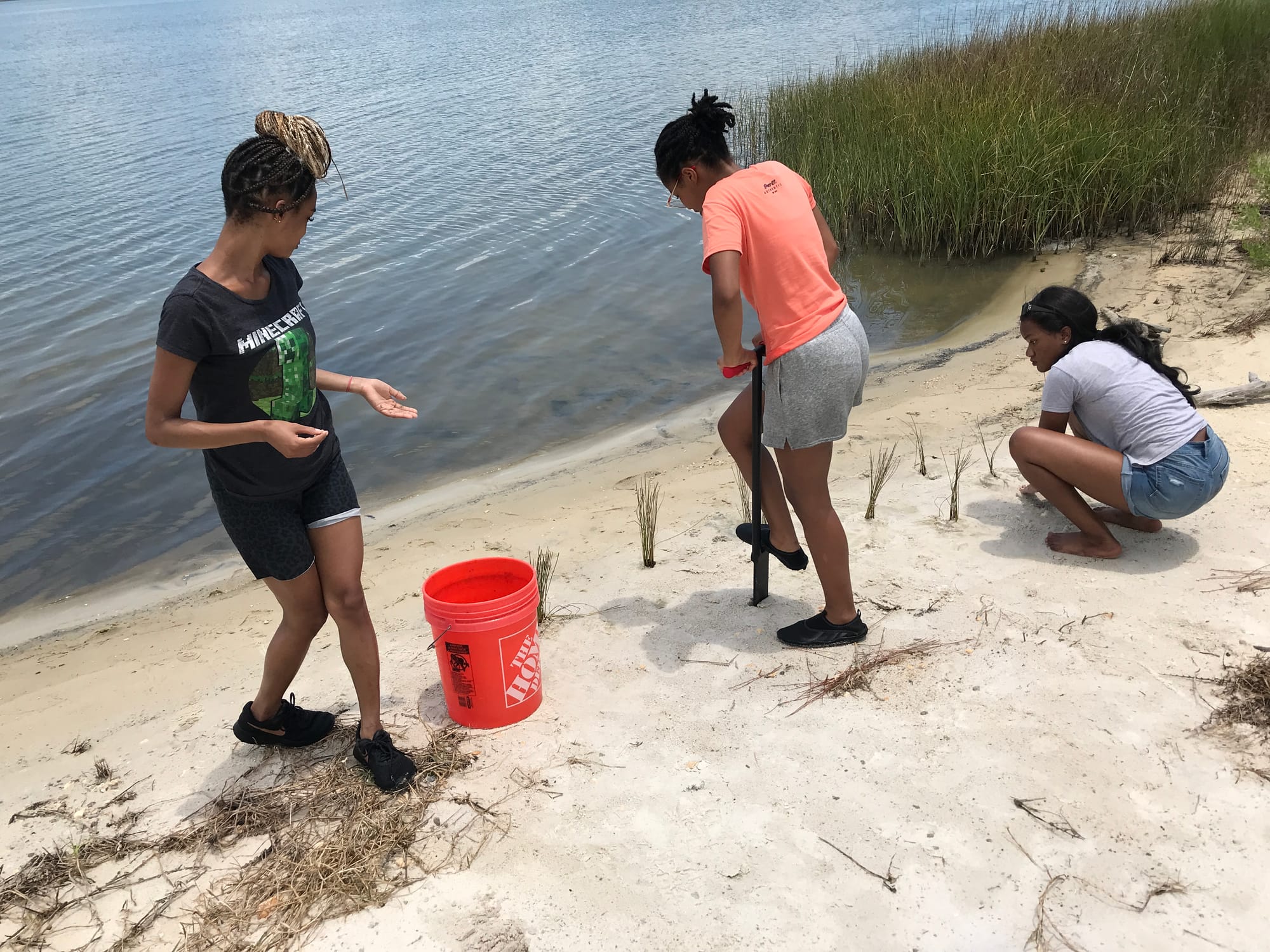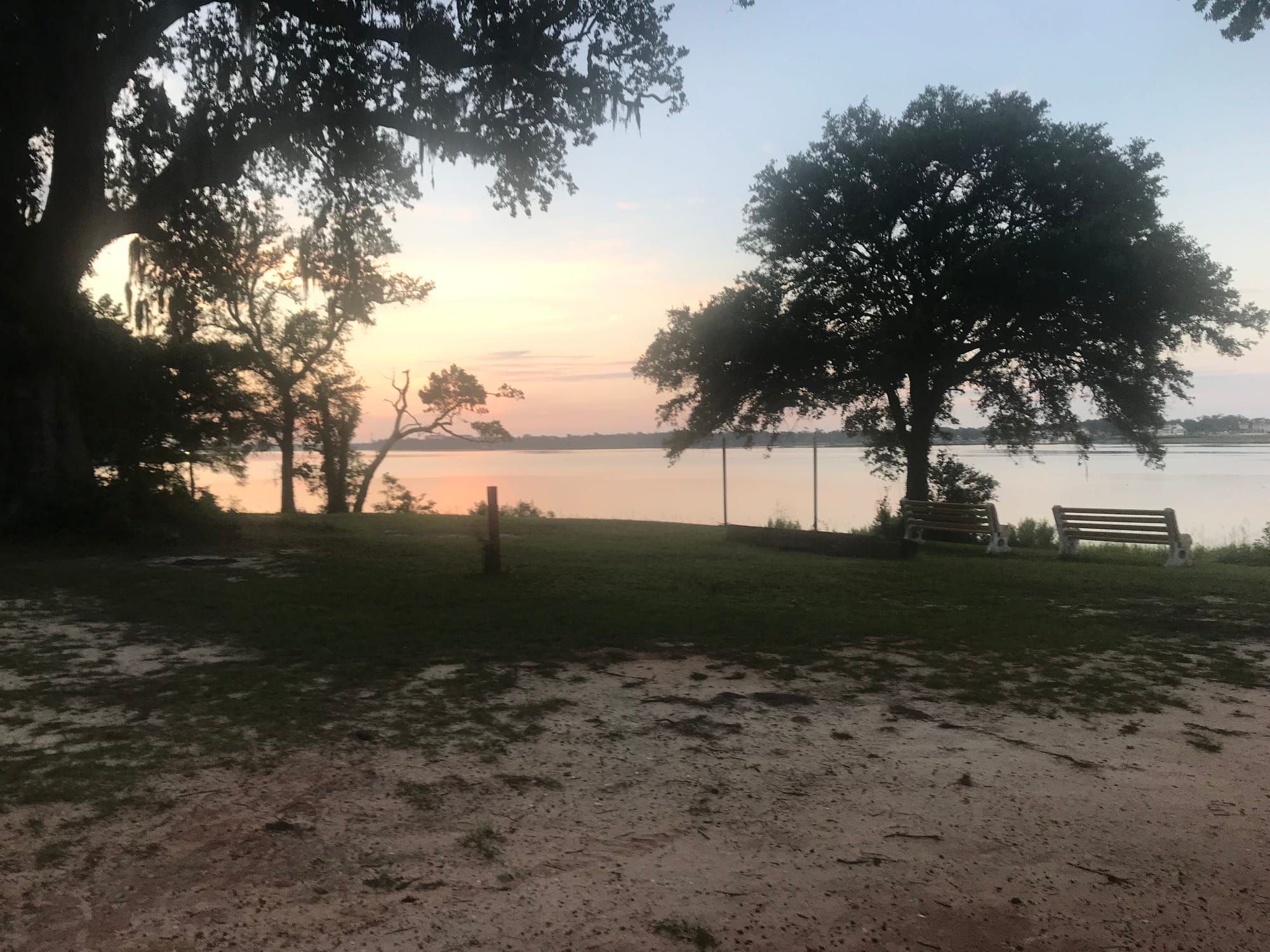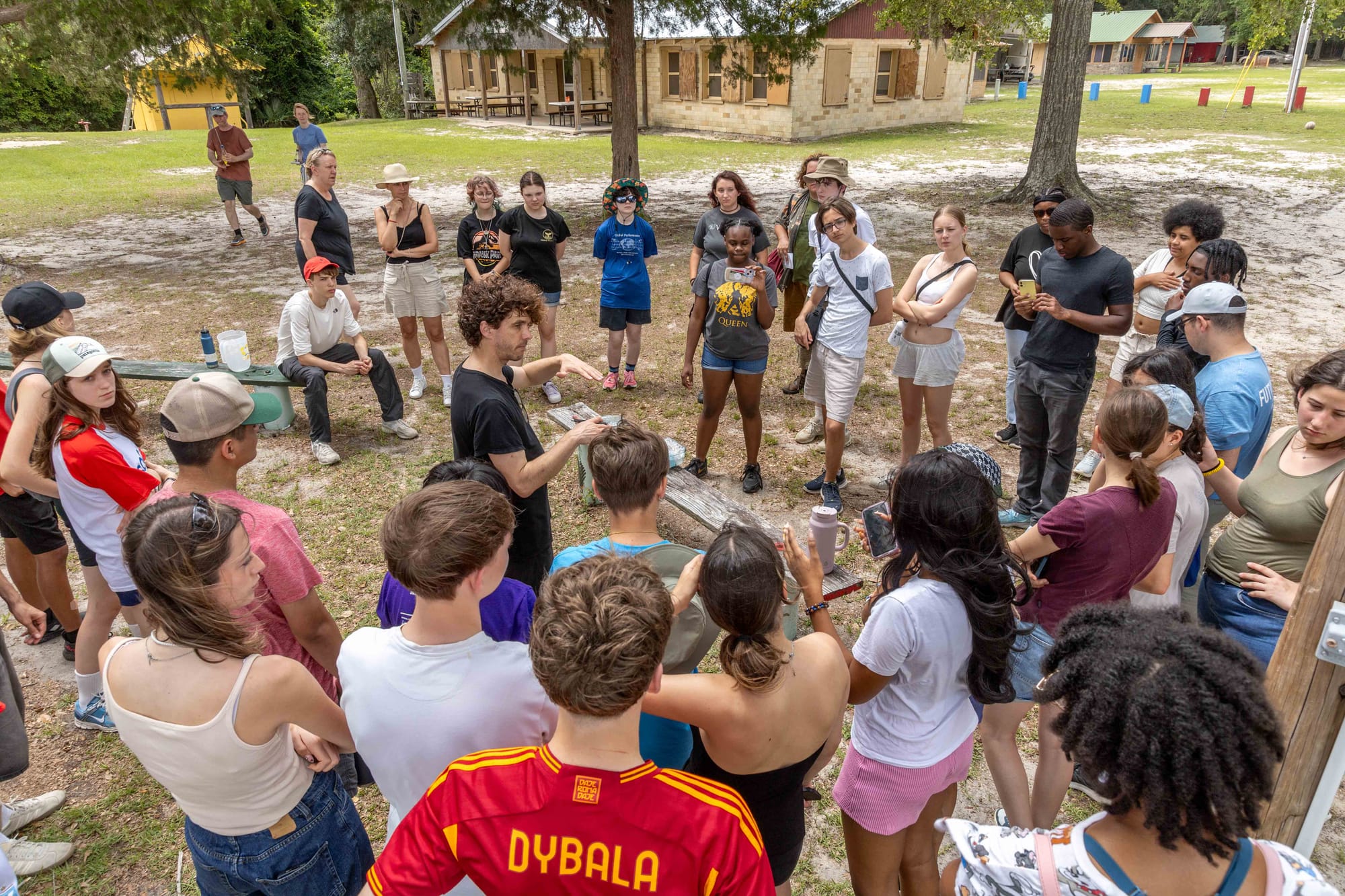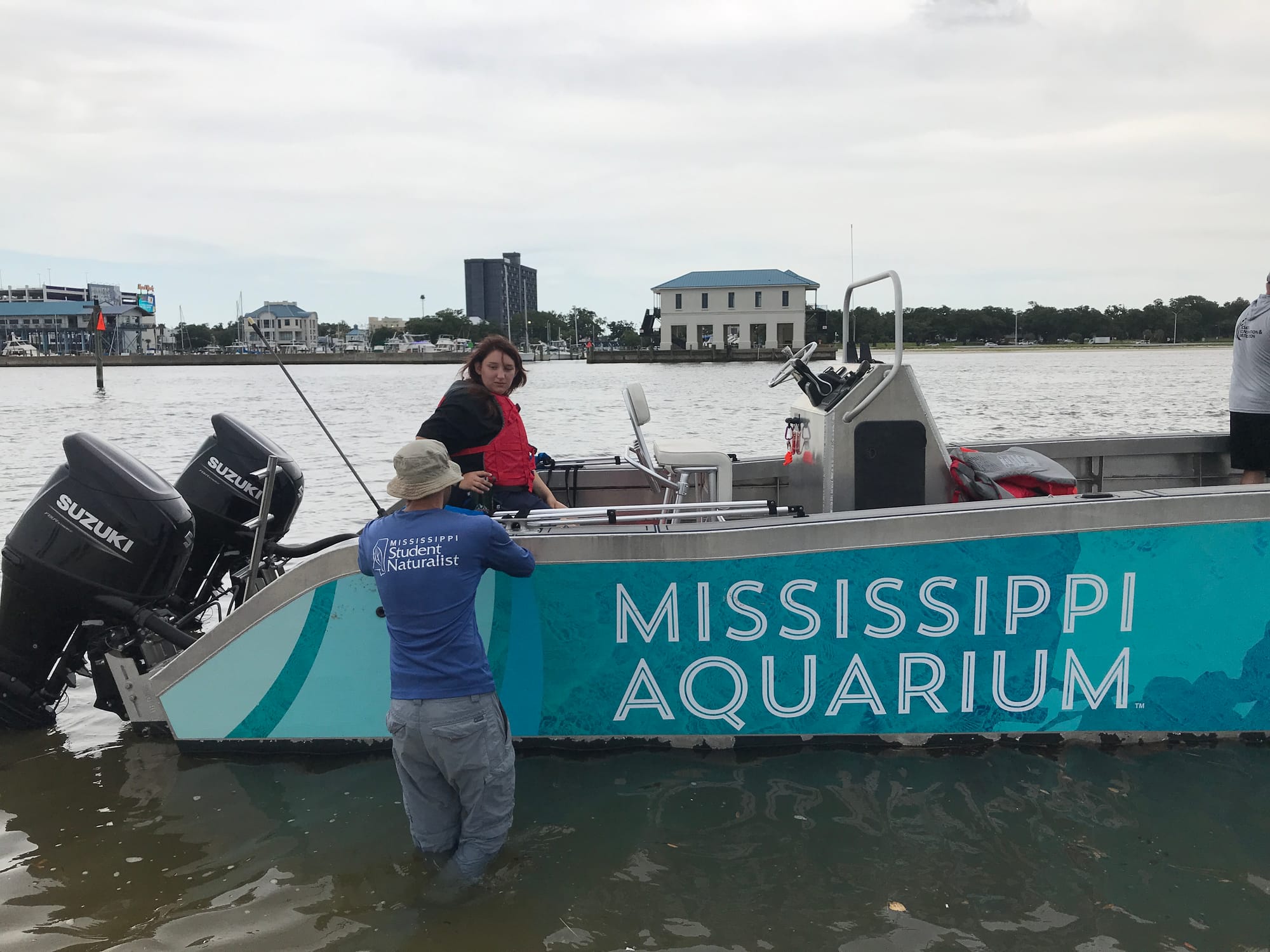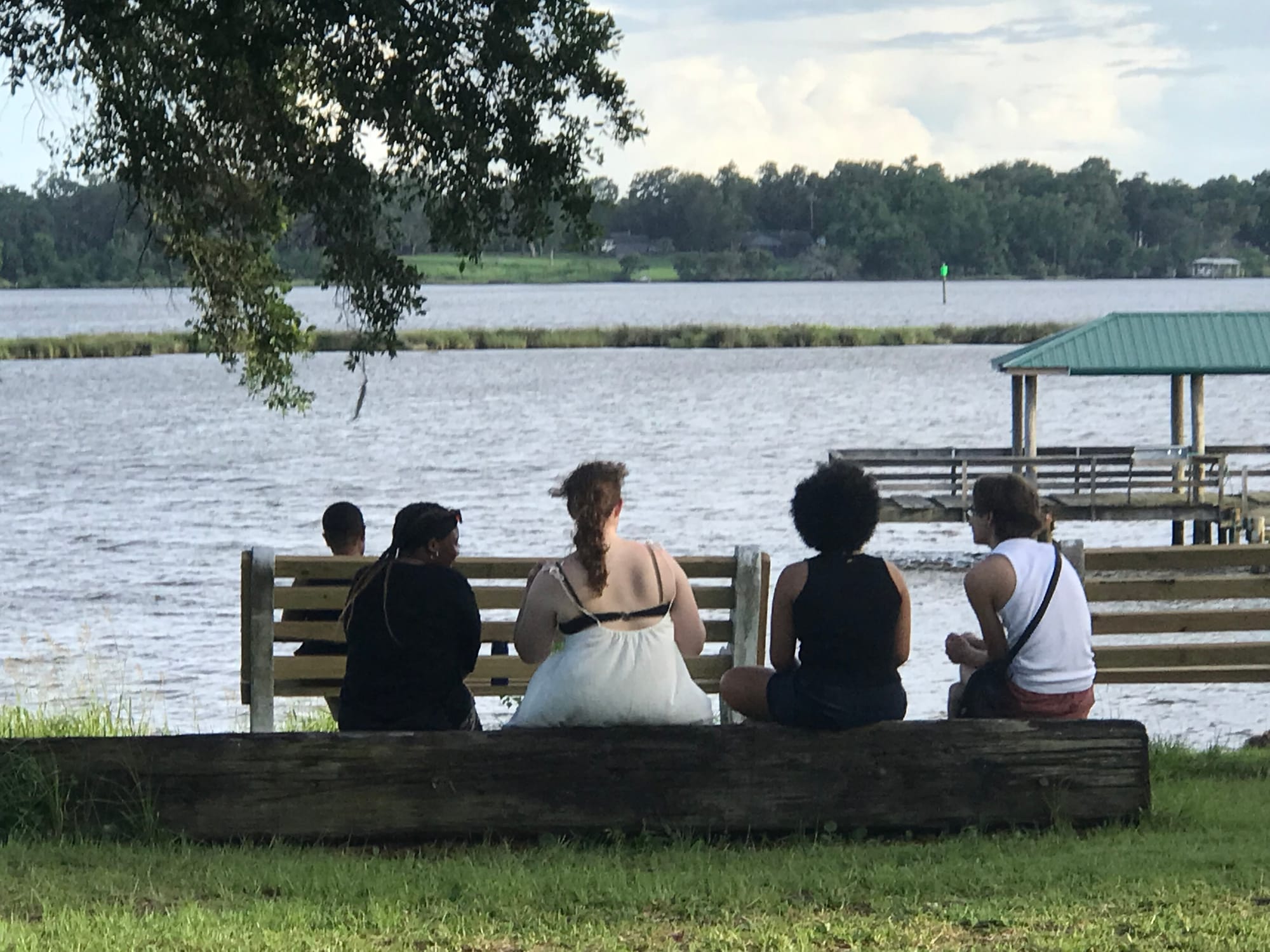They Came to Biloxi
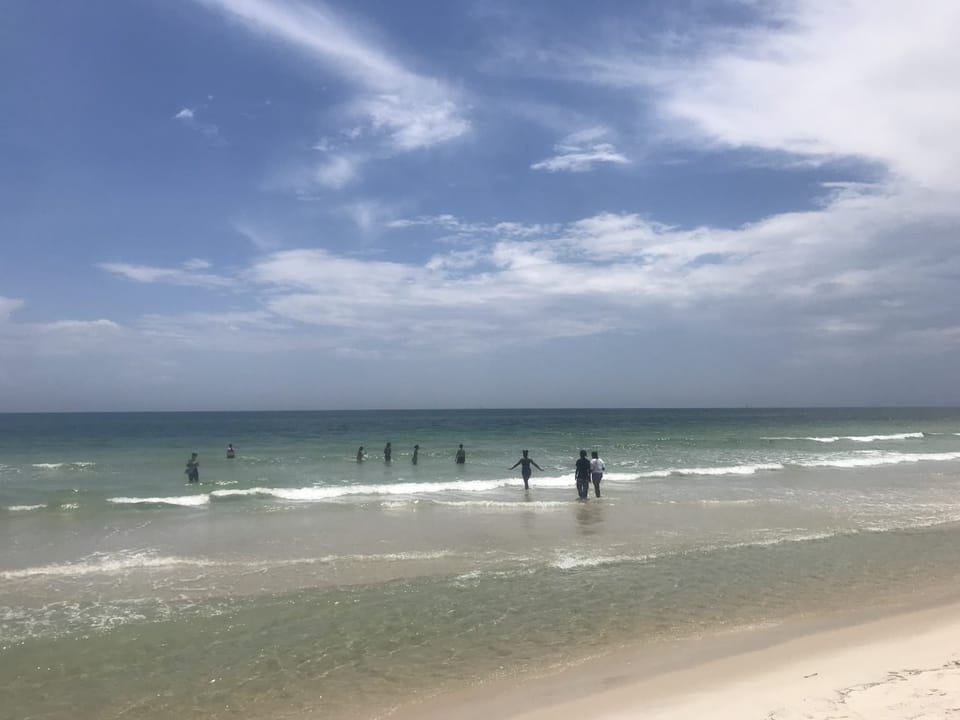
They came from all directions and some faraway places. First Essen and Munich, then Berlin and Brasilia. From across the US southeast – Baton Rouge, Brandon, Atlanta – and finally local communities along Mississippi’s Gulf Coast. They came to Biloxi to learn from each other, learn from nature, and learn how to put their newfound knowledge and skills to action. They came together for POCACITO’s first in-person German-American Summer Academy, and they left having made a positive impact on the local environment.
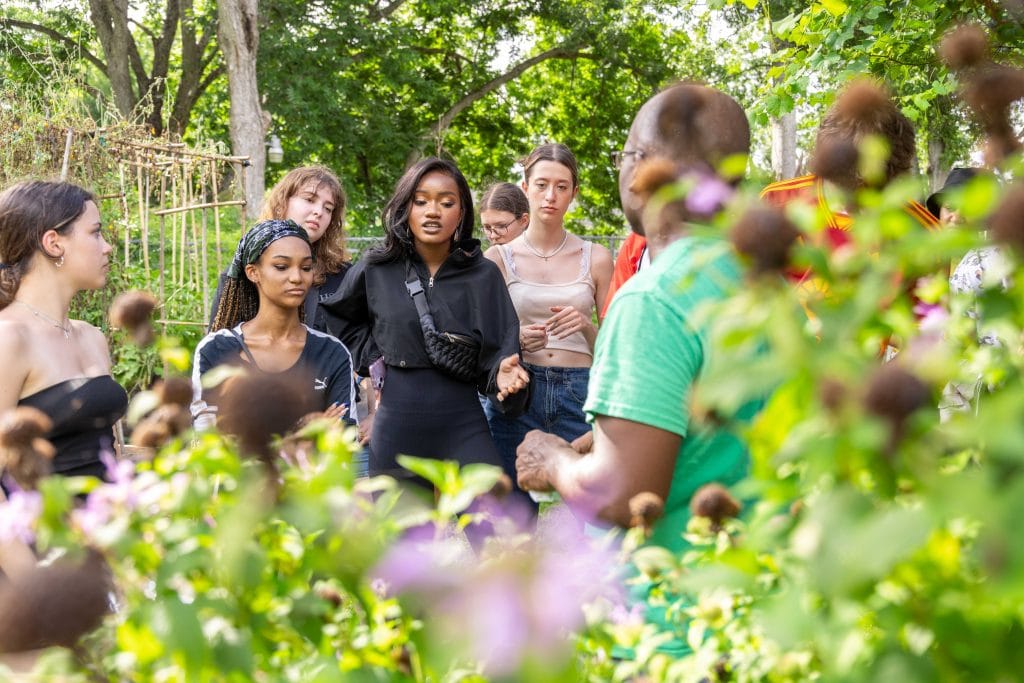
In total, forty teenagers attended the weeklong program focused on the intersection of biodiversity and climate change from July 7-13, 2024. This was the fourth iteration of POCACITO’s summer academy and the third collaboration with Mississippi State University’s Coastal Research and Extension Center. Previous years offered parallel or hybrid programs, but this year, we were able to bring everyone together at Camp Wilkes, located on Biloxi’s Back Bay.
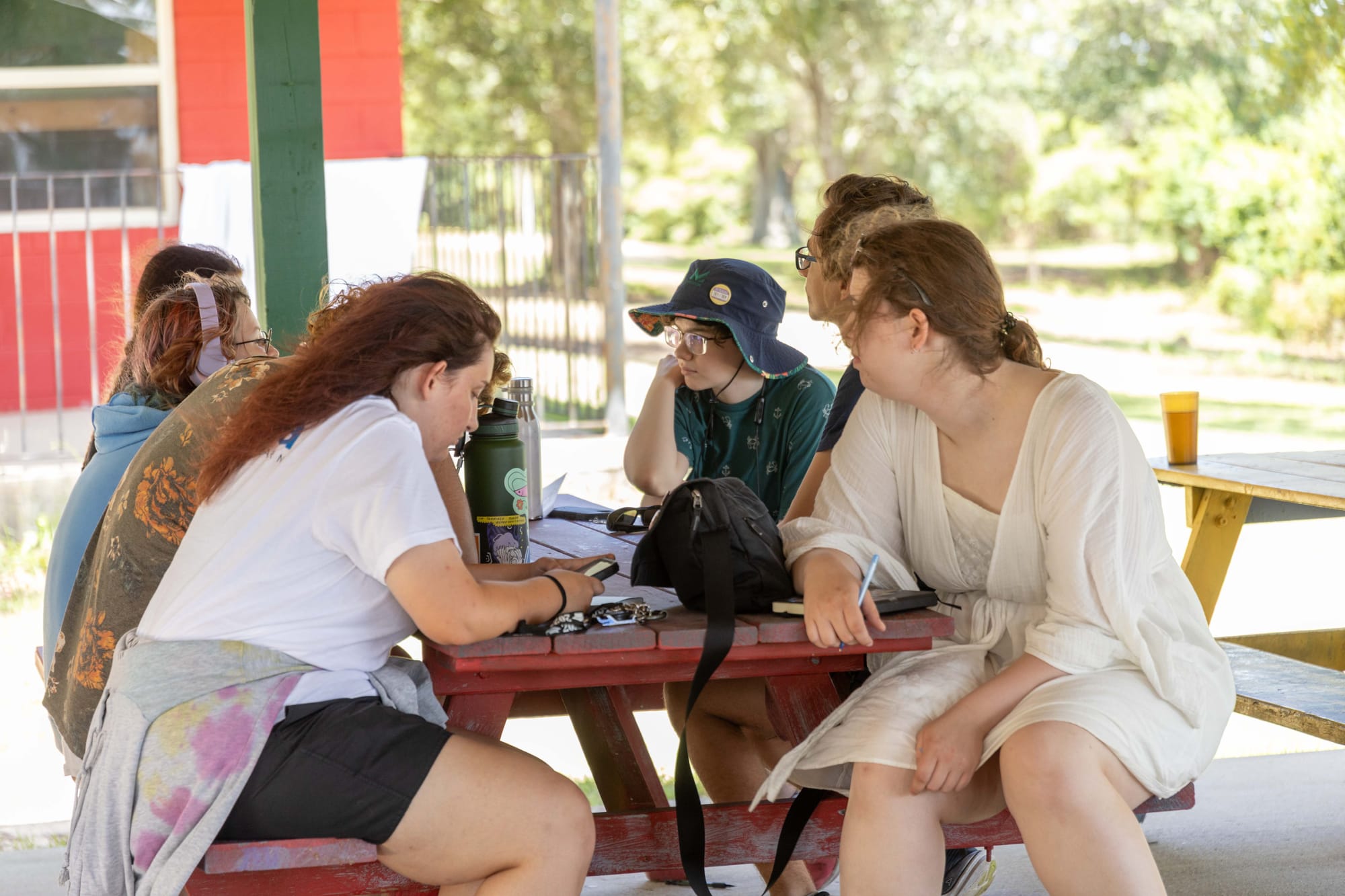
The selection of Camp Wilkes was no accident. Besides its ample infrastructure, eighty-plus acres of semi-wilderness, and enormous swimming pool, it’s home to a living shoreline, installed – or, better, planted – as part of MSU’s Coastal Conservation and Restoration Program. The living shoreline, which replaced a concrete bulkhead, not only helps to mitigate erosion and other storm damage, it significantly reduces the costs and risks of maintenance. The living shoreline at Camp Wilkes was a constant reminder of all that we can learn from nature and the importance of our relationship with it.
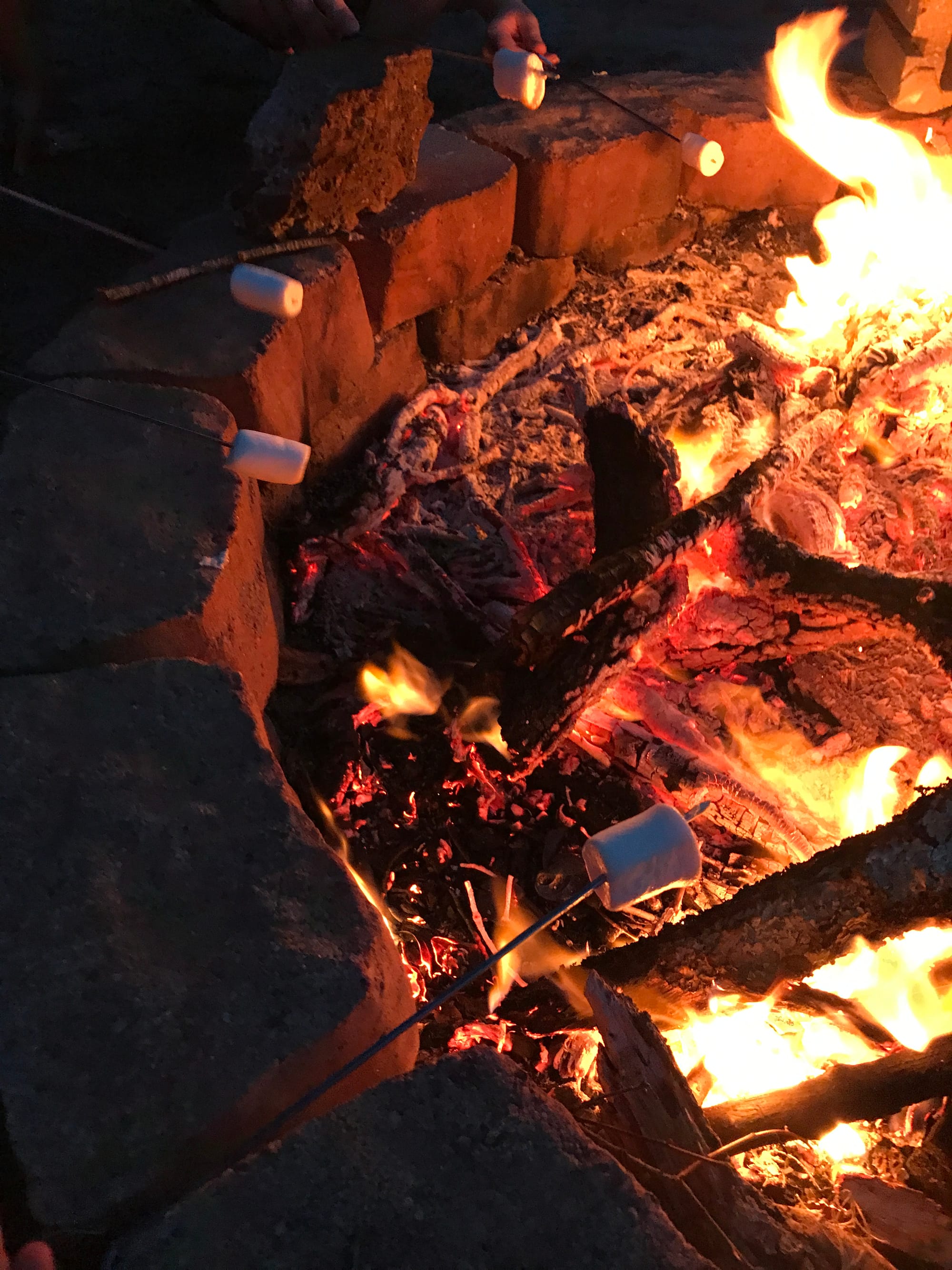
The core of the program was a five-phase curriculum that encouraged participants to think creatively and work collaboratively as we tackled global issues by engaging with our immediate environment.
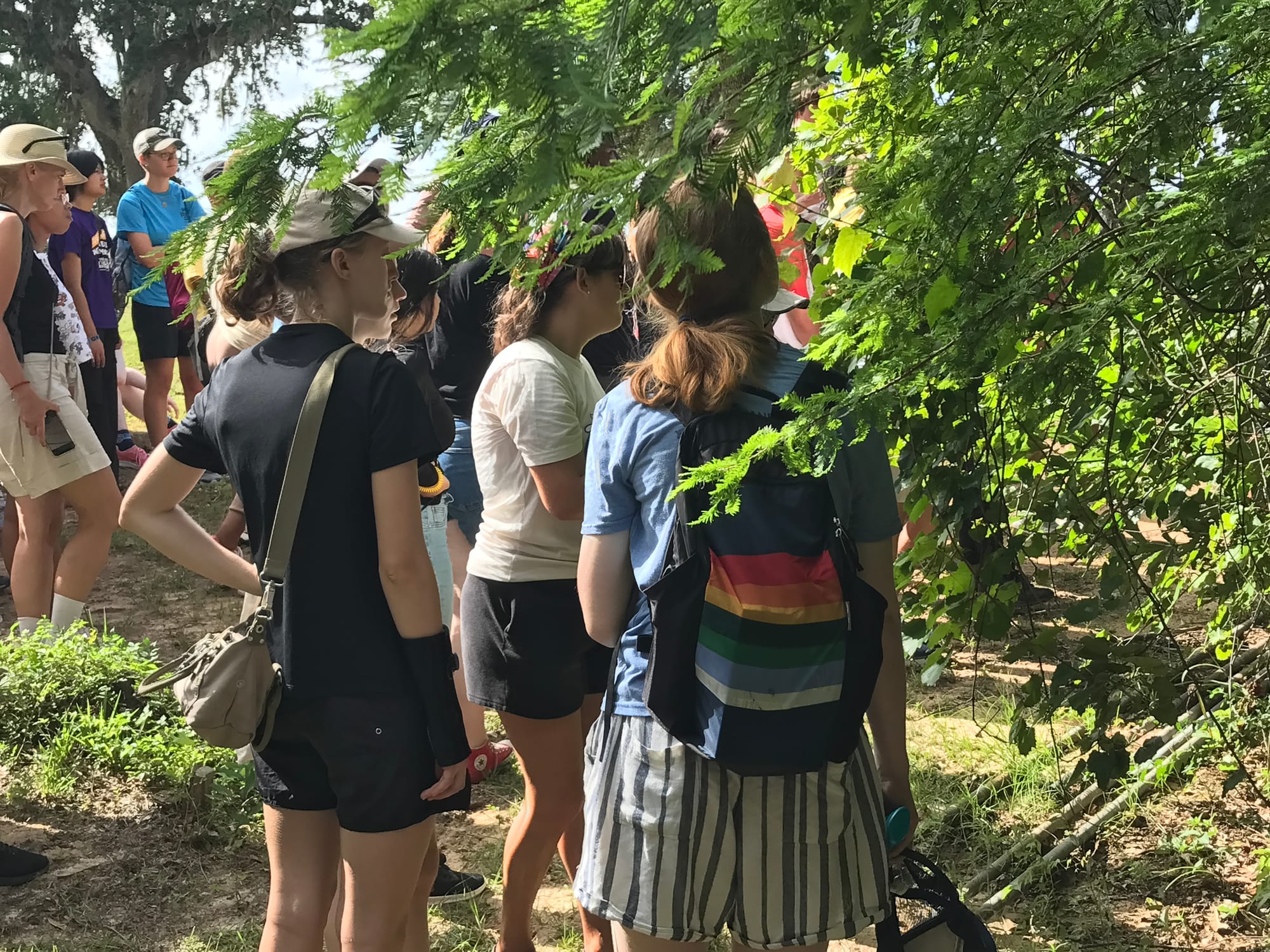
We took an intentional walk around the campgrounds, learning about the flora and fauna around us and what they might reveal about the ecosystem. We applied similar systems thinking to climate change by understanding how different biogeochemical cycles are disrupted by imbalances to the carbon cycle.
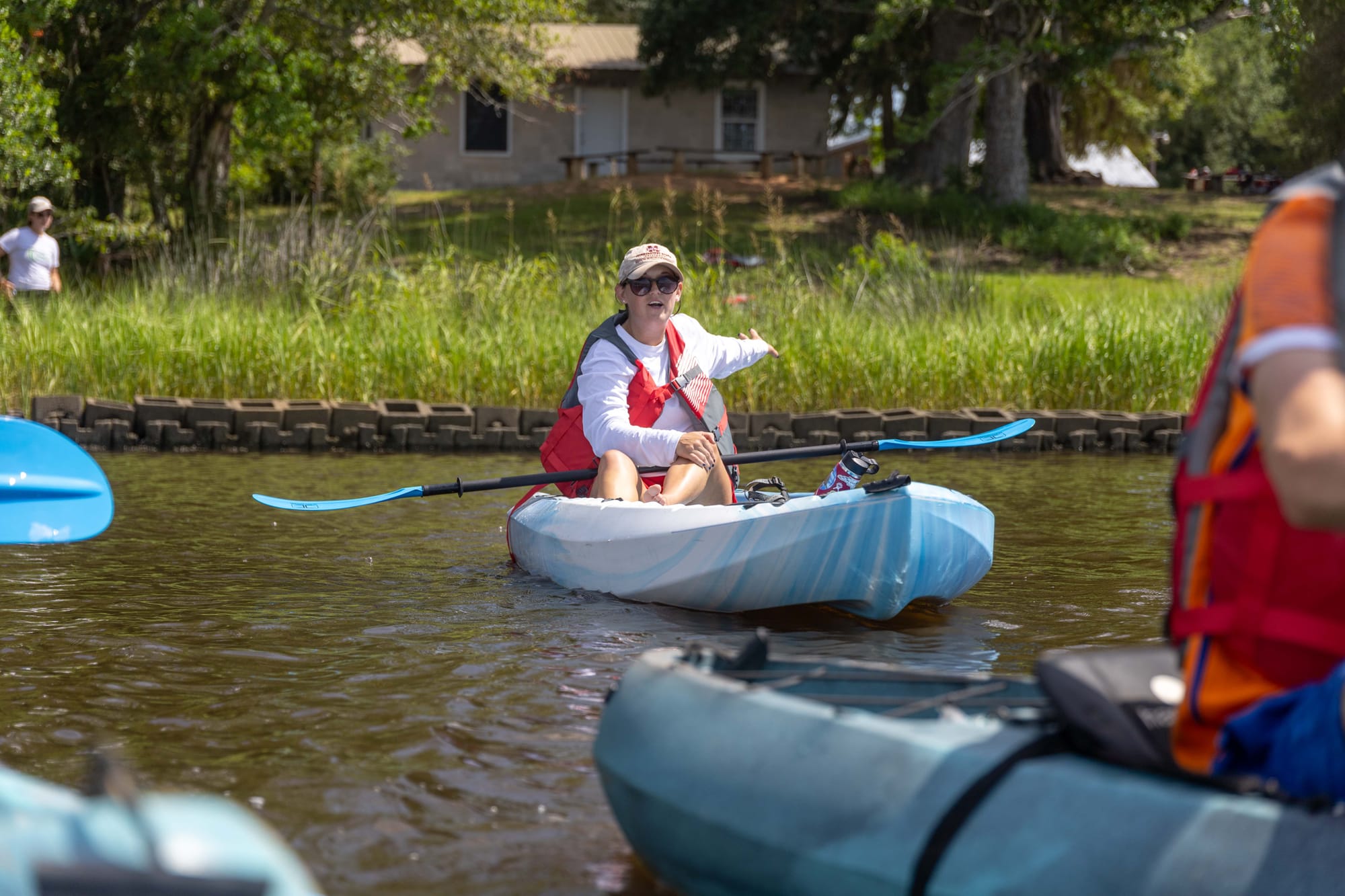
We learned how to map the edges of ecosystems using different methodologies. From kayaks we traced shifts in the water’s edge and tracked changes in biodiversity through seine fishing. Visiting the MSU labs, we navigated drones and programmed test flights for larger-scale surveys.
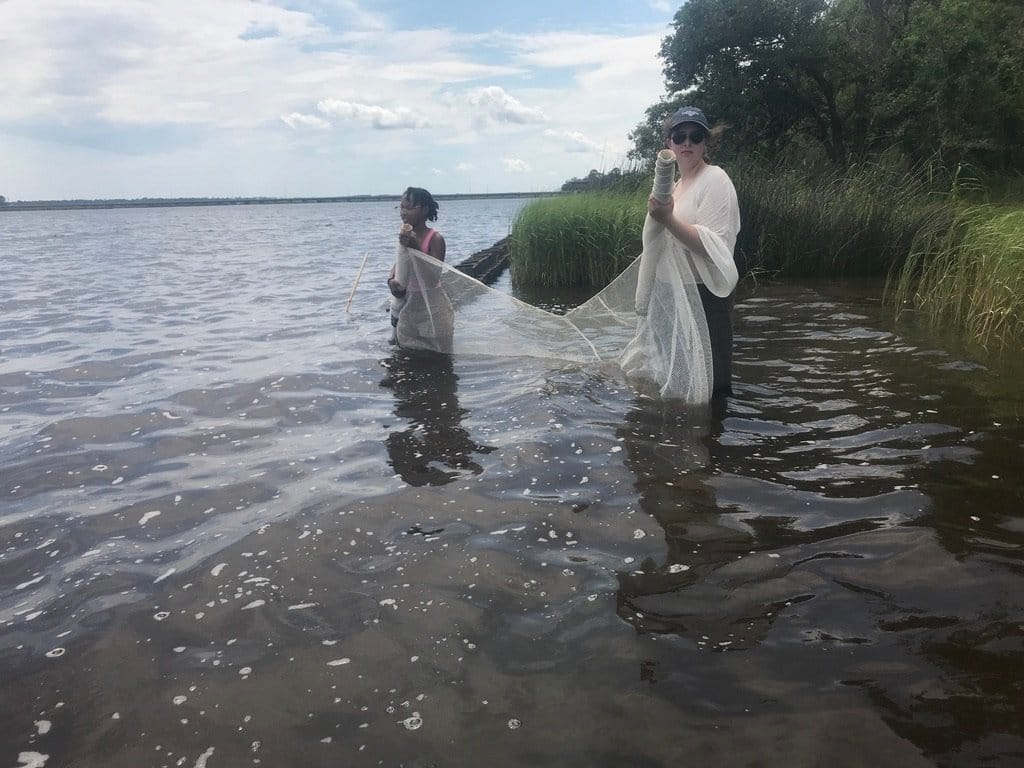
Reciprocity was the theme for day three. A quick boat trip to Deer Island provided the opportunity to discuss the importance of barrier islands, both for coastal protection and in terms of the variety of life they support. We were able to return the favor by removing over 200 pounds of debris and trash from the island.
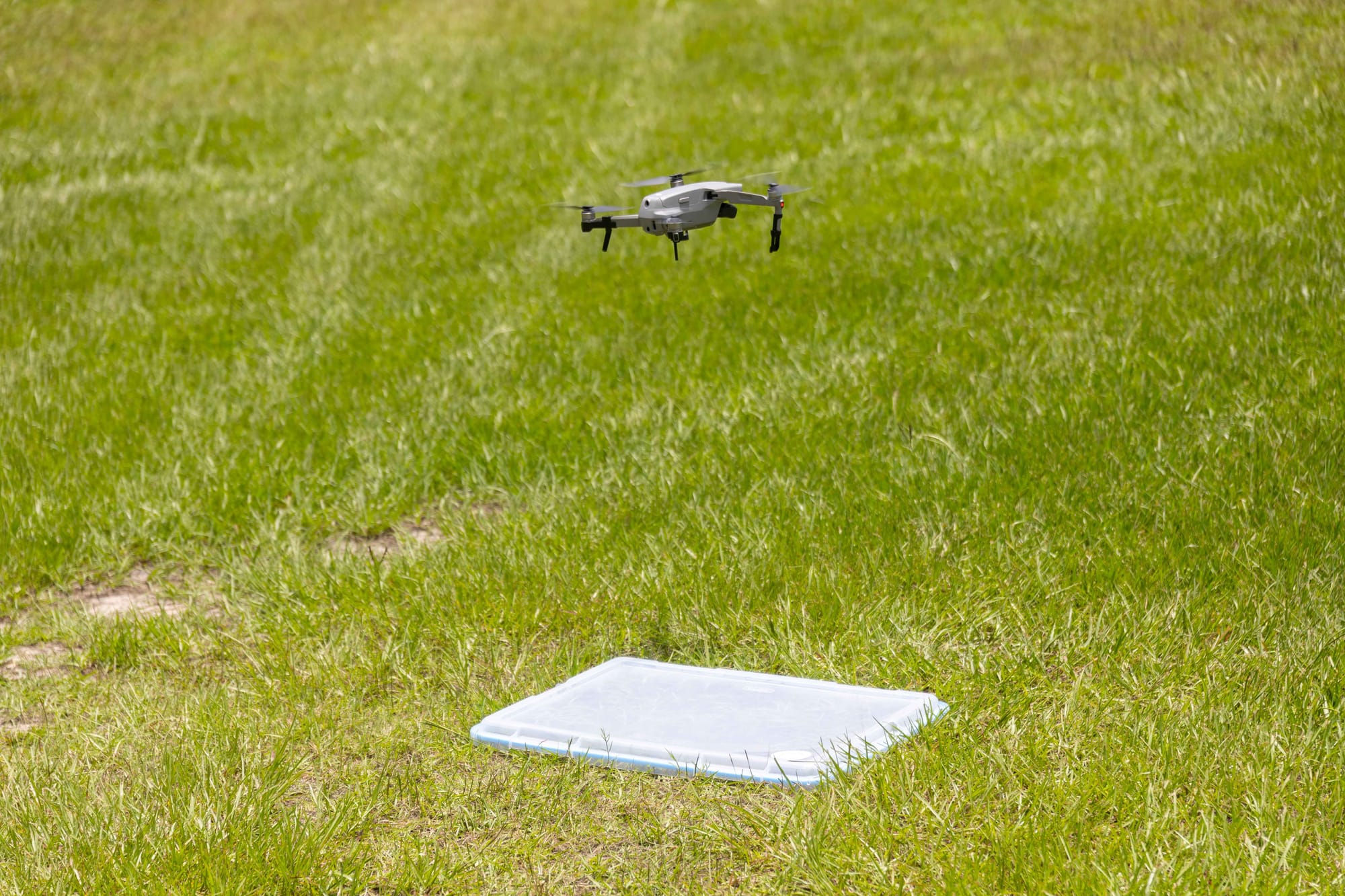
All of these concepts came together for the group biomimicry design challenge. Working in groups, participants selected an environmental issue that impacts their home communities, proposed solutions inspired by nature, and created prototypes using the natural elements from around Camp Wilkes. From elaborate stormwater filtration systems to spider-silk fishing nets, the creativity was remarkable and their sales pitches were quite convincing.
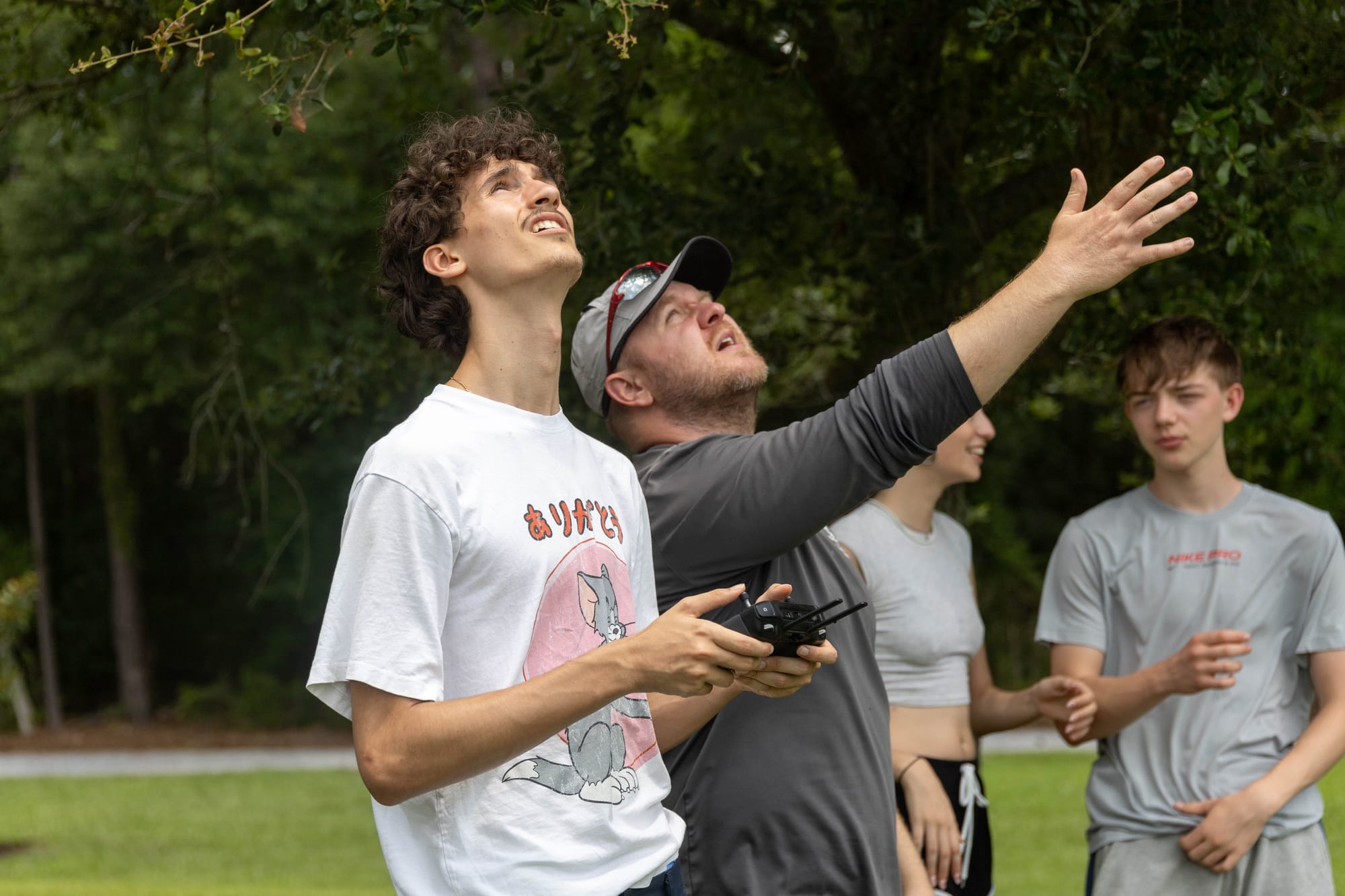
The academy’s final day took us to the Bon Secour National Wildlife Refuge just across Mobile Bay in Alabama. There we planted 975 plugs of juncus roemerianus, aka black needle rush, which have deep fibrous roots systems that help secure shorelines in semi-salty and marshy areas. (Remember the living shoreline mentioned above at Camp Wilkes?) All of that knowledge, collaboration, and resilience – it was about as hot and humid as a summer day can be – was rewarded in the end with a dive into the ocean.
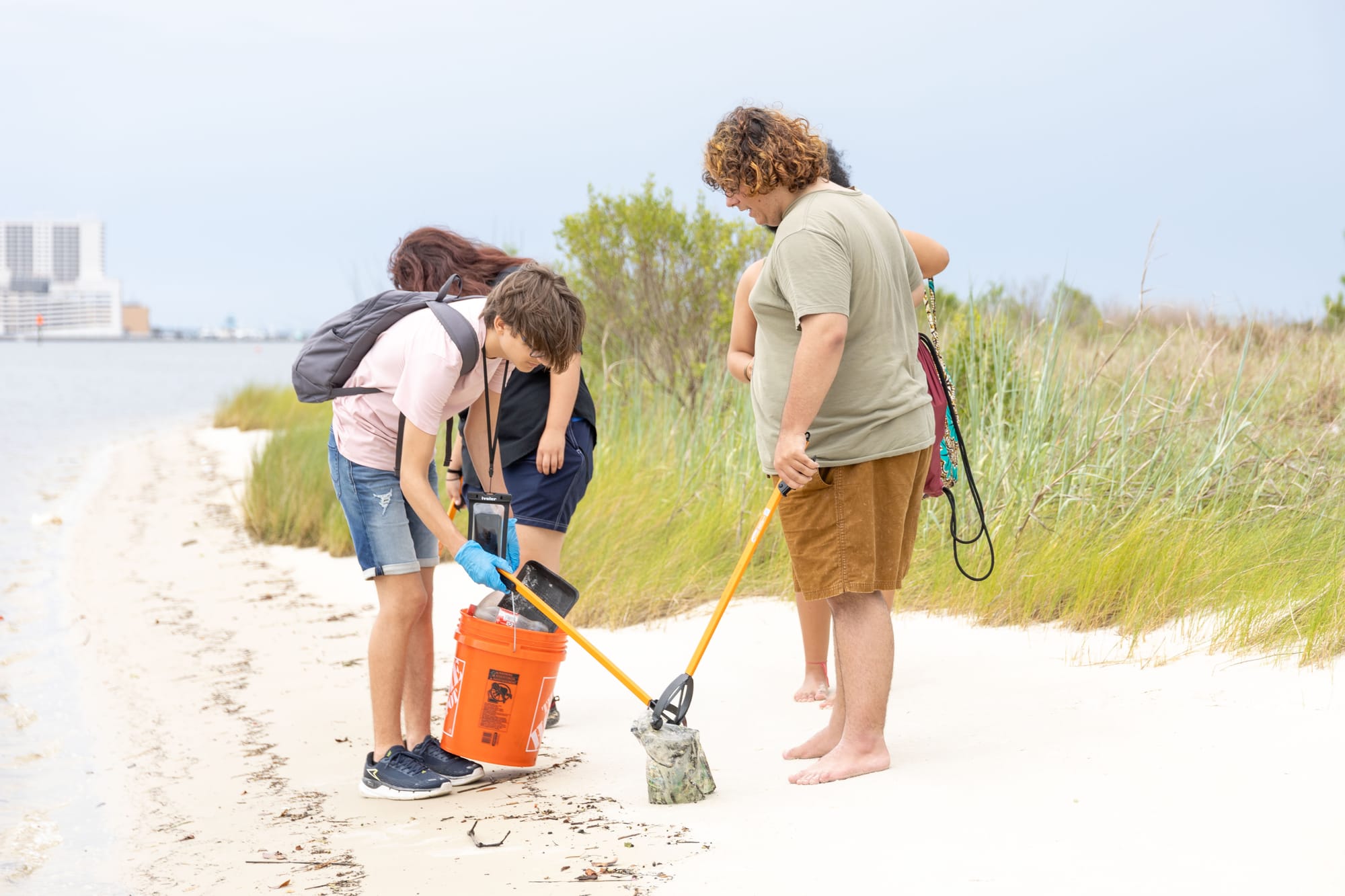
An incredible week – truly a week like no other.
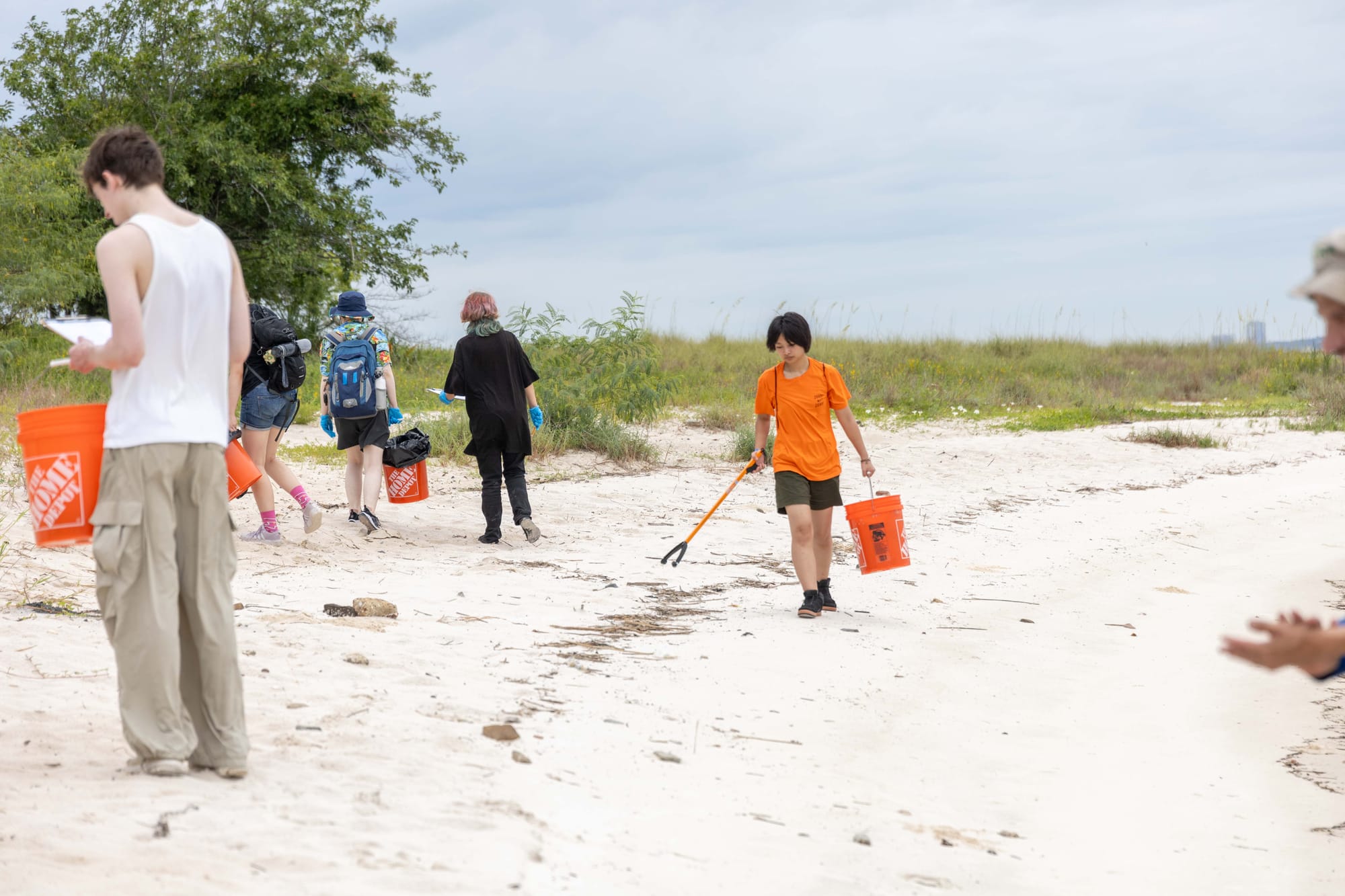
The youth participants recorded a podcast documenting their experiences that was published on the POCACITO website and other media platforms. They created artworks and images for a digital zine. And everyone took part in meal preparation – feeding fifty people at the same time takes real coordination and commitment, just like caring for our planet. But sitting around the campfire at night surrounded by nature and new friends and toasting marshmallows to make smores, anything seems possible.
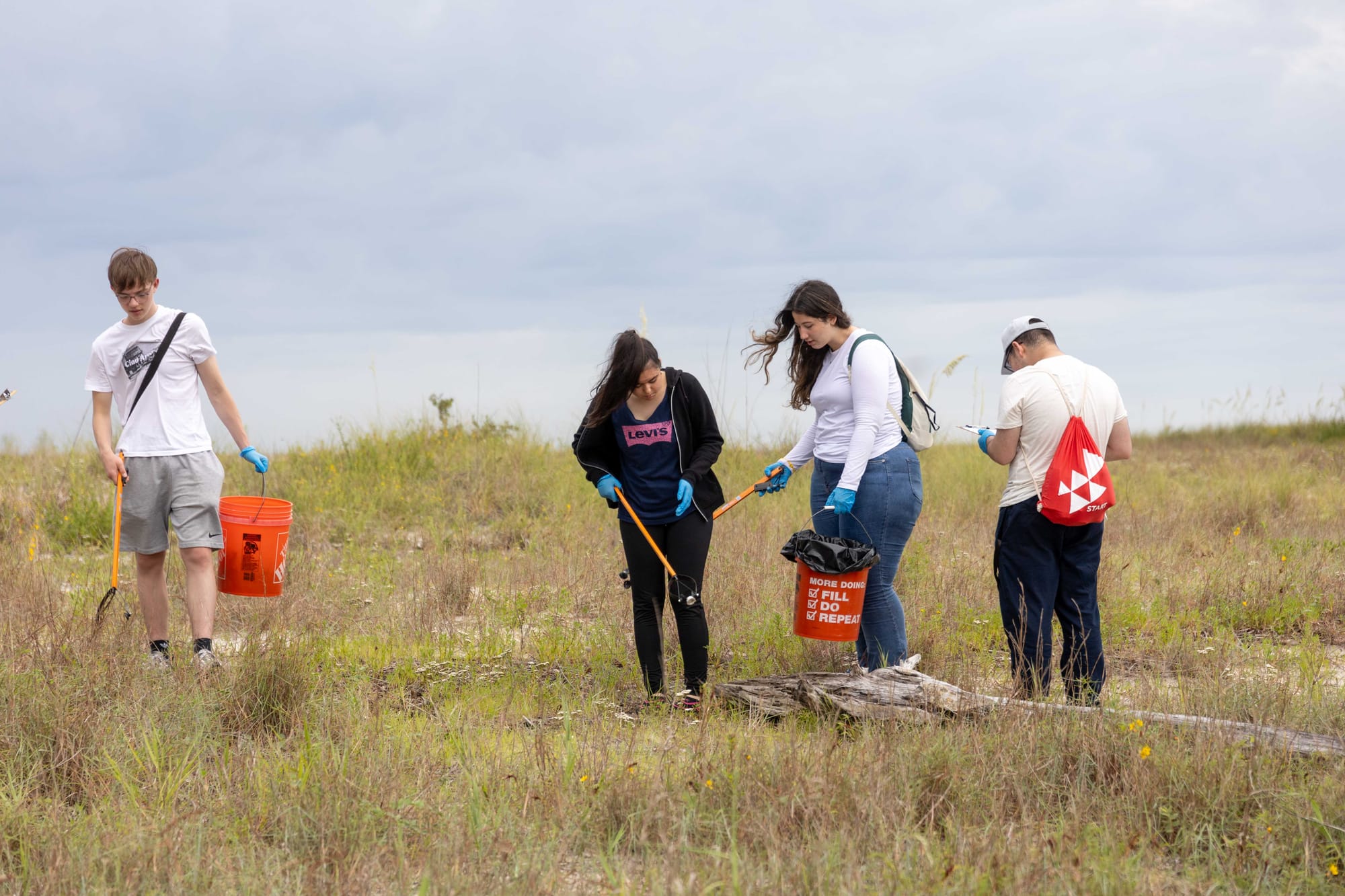
There are many people and organizations to thank for making this year’s POCACITO German-American Summer Academy possible. First among them are the 40 academy participants who shared their personalities, lived experiences, and desire to do good with each other. They inspired us, and they made a material difference on the Gulf Coast.
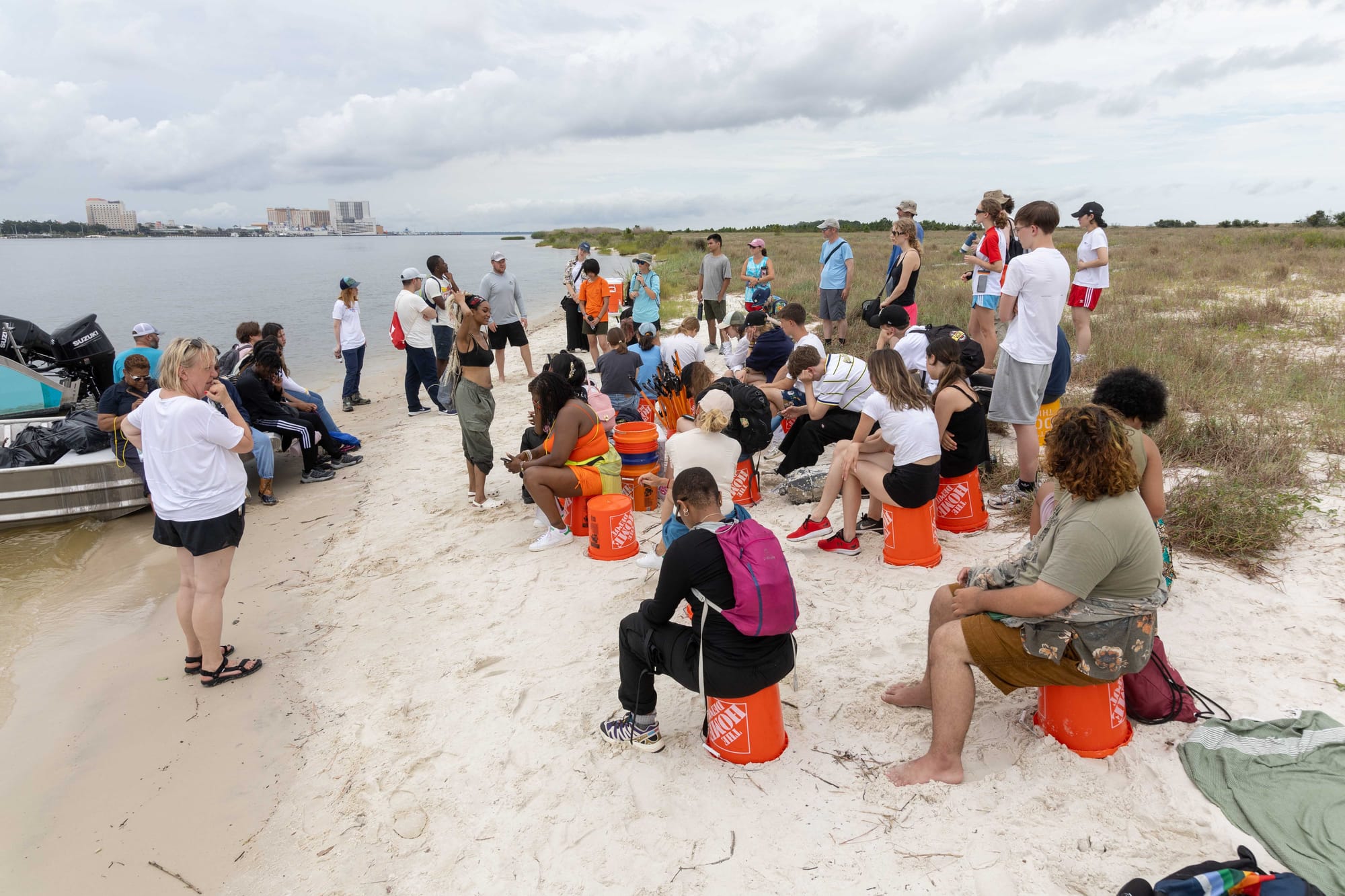
Thank you to our partners at Mississippi State University Coastal Research and Extension Center for leading us into the field and sharing their research and methodologies. The team included Nora Skinner, Anthony Vedral, Erin Wallace, CJ Nickell-Templin, Megan Chevis, Leslie Azwell, Sarah Harrison, David Randolph, Kristi Gay, Alyssa Rodolfich, and Eric Sparks.
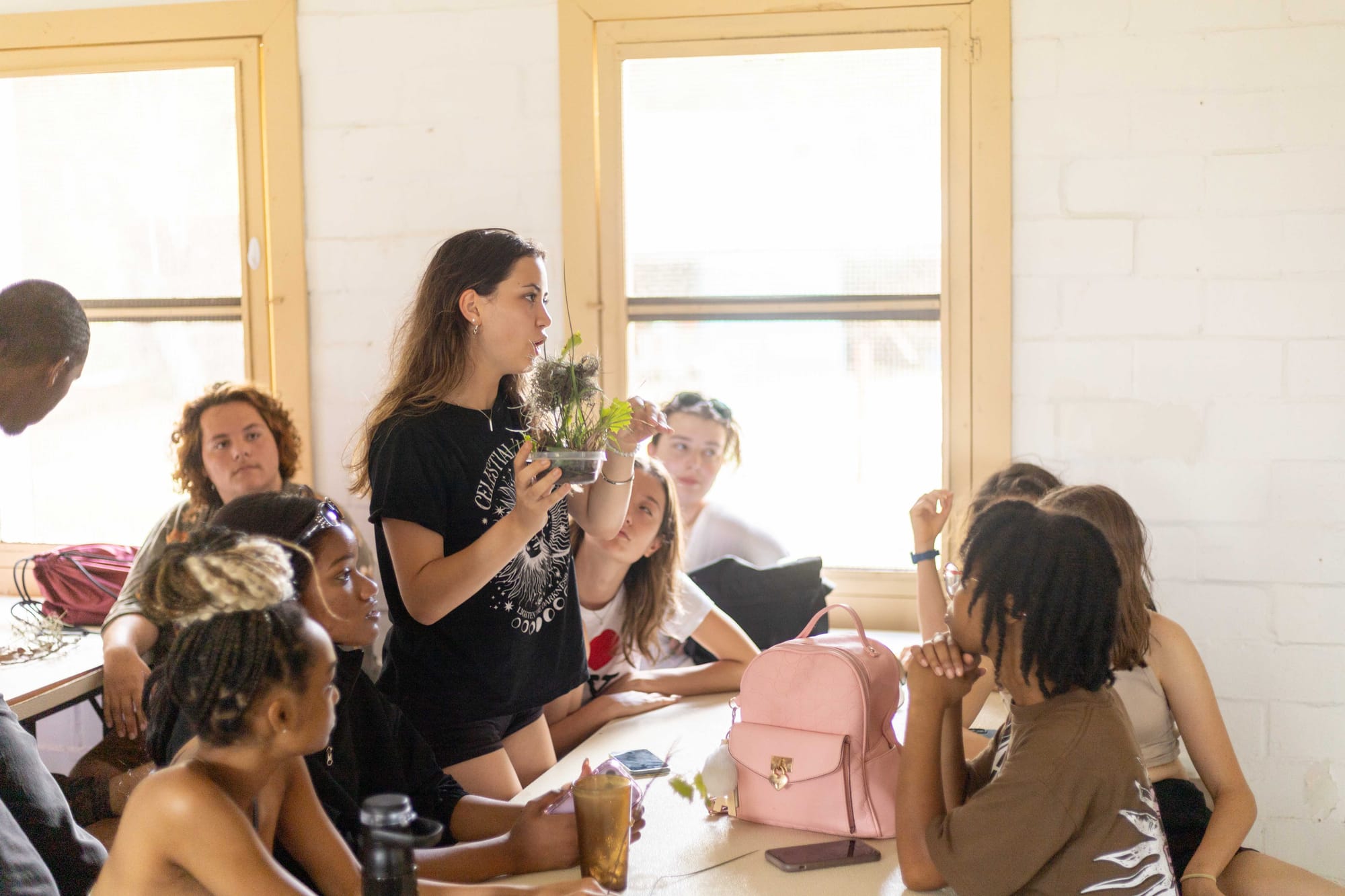
The project design and implementation was only possible through generous support from the German Embassy in Washington, DC.
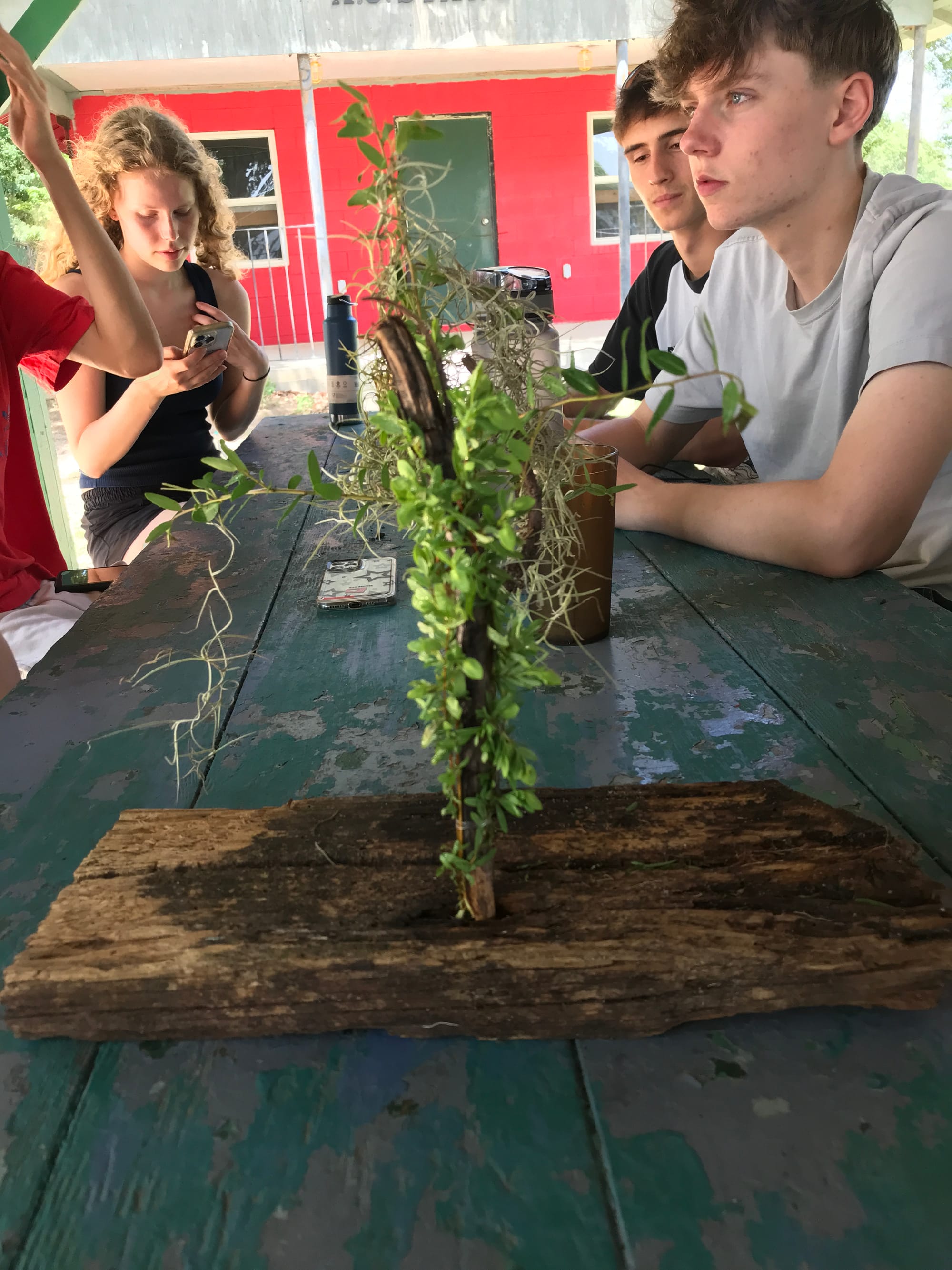
Additional support came from the Heinrich Boell Foundation in Washington, DC; Airbus Helicopters, which has a plant in Mississippi; and the Stiftung Mercator in Essen. So much wonderful food came from Galloway Family Farm in Ocean Springs.
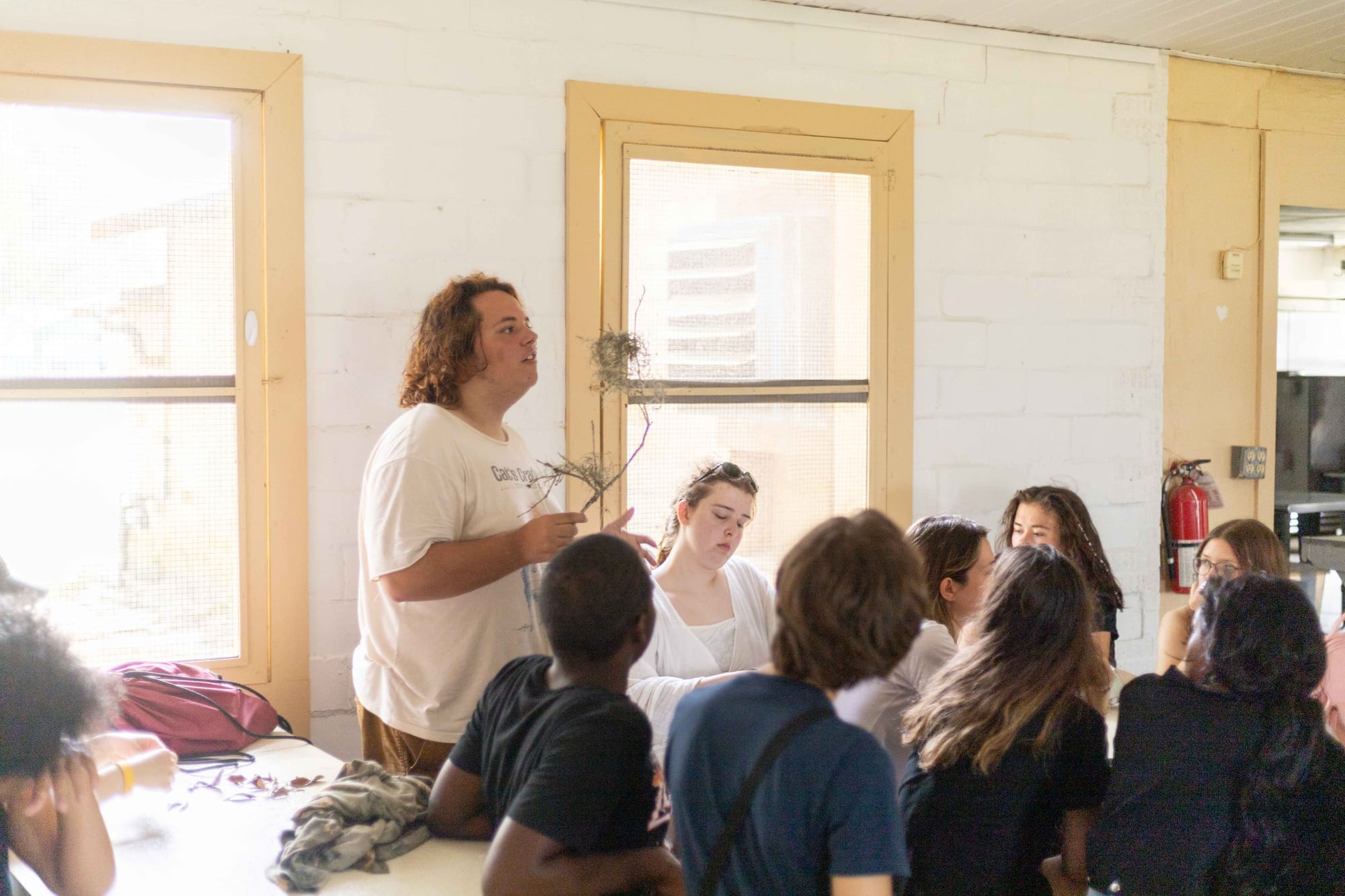
We are grateful for cooperations with the Berlin Cosmopolitan School and the ACE Warriors of Atlanta, Georgia, as well as our unsuspecting volunteer camp counselors, especially Sheryl Brown, Kathrin Röschel, Dr. Erika Nehnevajova, Mareike Moraal, and Arjen de Boer.
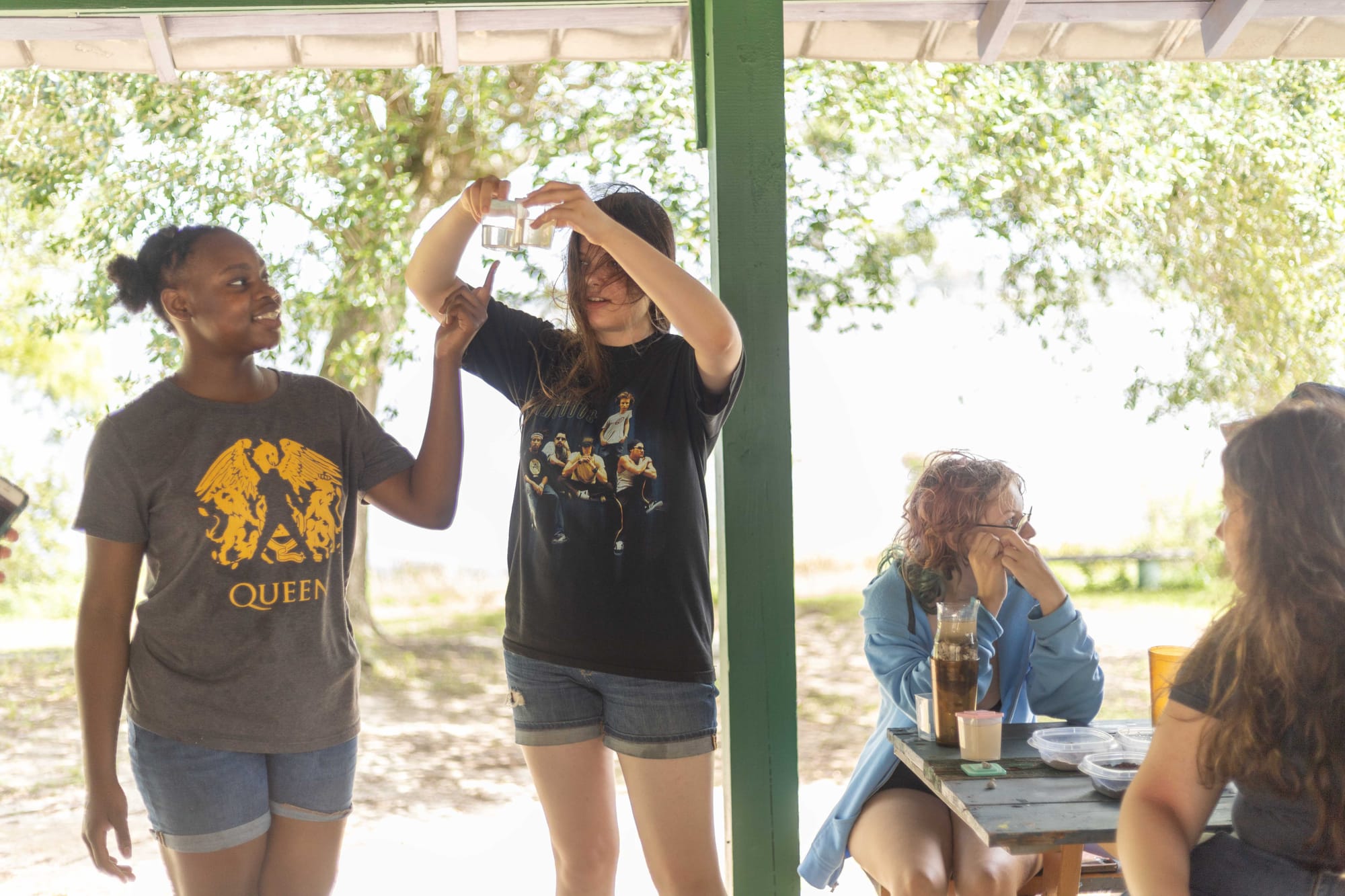
And a special thank you to Arjen for the many wonderful moments he captured with his camera. You can see more of his nature photography on his website.
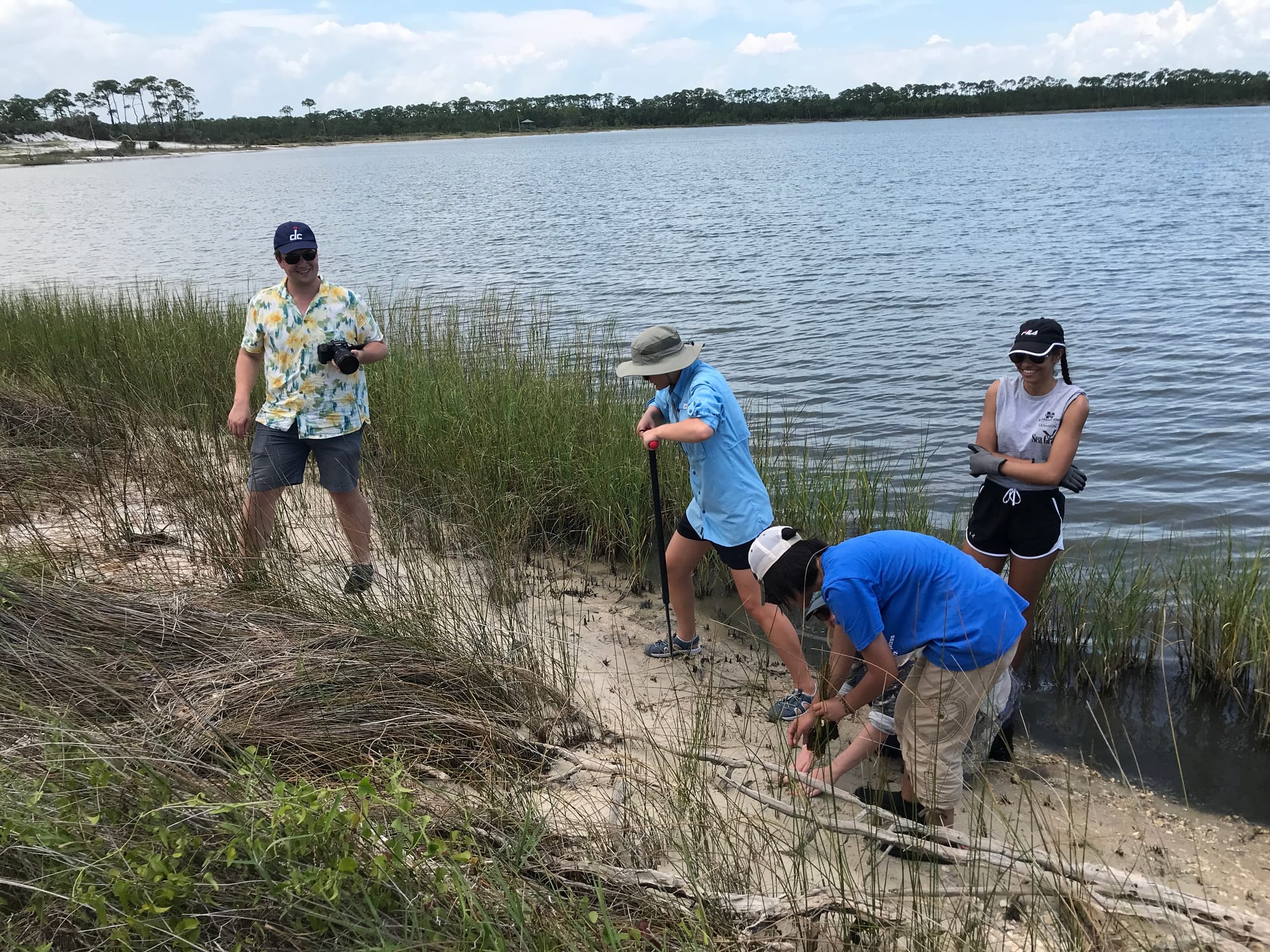
Watch this space for announcements regarding the publication of the 2024 POCACITO German-American Summer Academy zine and podcast. Be sure to sign up for our newsletter to learn about more ways to participate with POCACITO in Biloxi in 2025.
